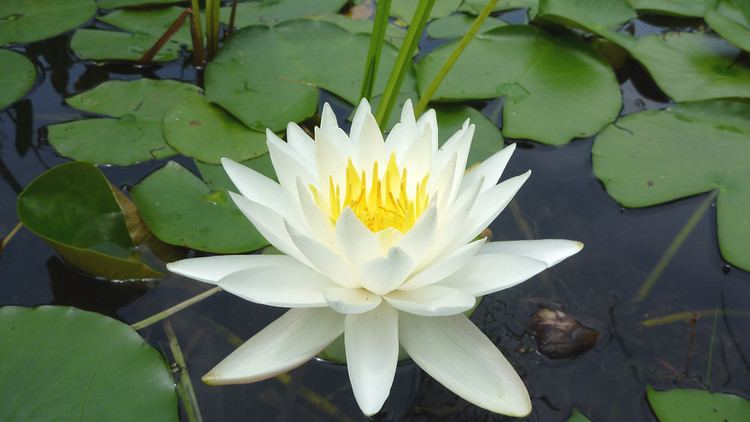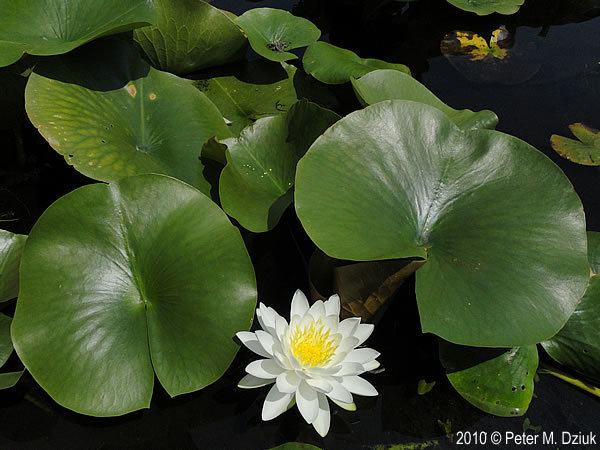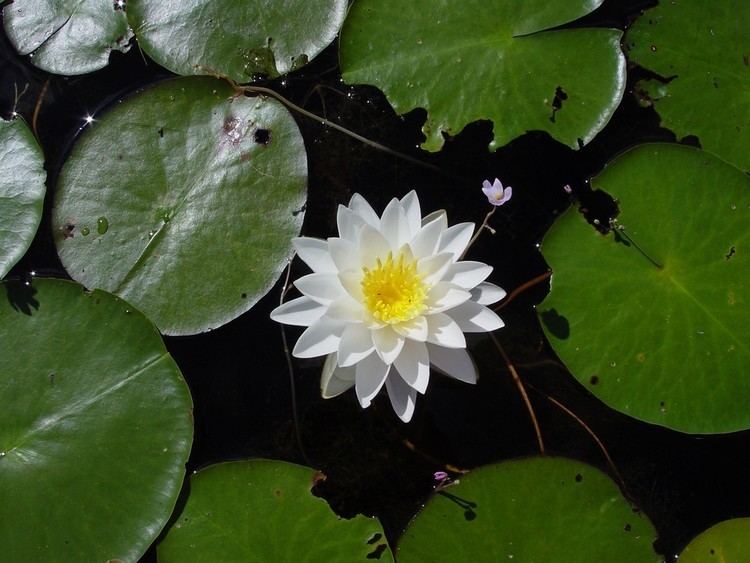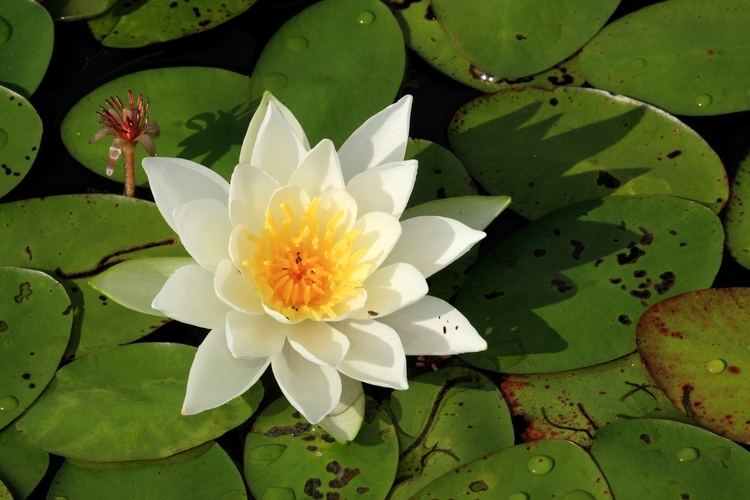Scientific name Nymphea odorata | Rank Species | |
 | ||
Similar Nymphaea mexicana, Nymphaea odorata subsp tu, Water lilies, Yellow Water‑lily, Nuphar advena | ||
Fragrant water lily nymphaea odorata
Nymphaea odorata, also known as the American white waterlily, fragrant water-lily, beaver root, fragrant white water lily, white water lily, sweet-scented white water lily, and sweet-scented water lily, is an aquatic plant belonging to the genus Nymphaea. It can commonly be found in shallow lakes, ponds, and permanent slow moving waters throughout North America where it ranges from Central America to northern Canada. It is also reported from Brazil and Guyana.
Contents
- Fragrant water lily nymphaea odorata
- Nymphaea odorata minor water lily aquatic pond plant
- Description
- Edible and medicinal parts
- Subspecies
- Chemistry
- References

Nymphaea odorata minor water lily aquatic pond plant
Description

This plant is rooted from a branched rhizomes which gives rise to long petioles which terminate in smooth floating leaves. Since the leaves are subject to tearing by water and waves, they are round with a waxy upper coating that is water-repellent. The flowers also float. They are radially symmetric with prominent yellow stamens and many white petals. The flowers open each day and close again each night and are very fragrant. Once the flowers are pollinated, the developing fruit is pulled back under water for maturation.

Plant systematists often use it as a typical member of Nymphaeaceae, which (other than Amborella) is the most basal of the flowering plants.

It is cultivated in aquatic gardens as an ornamental plant. It is invasive and weedy on the west coast of North America.
Edible and medicinal parts

The fragrant water-lily has both medicinal and edible parts. The seeds, leaves, flowers and rhizomes can all be eaten. The rhizomes were also used by first nations to treat coughs and colds. The stem could be used to treat tooth aches if placed directly on the tooth.
Subspecies
Chemistry

The lignans nymphaeoside A and icariside E, and the flavonols kaempferol 3-O-alpha-l-rhamnopyranoside (afzelin), quercetin 3-O-alpha-l-rhamnopyranoside (quercitrin), myricetin 3-O-alpha-l-rhamnopyranoside (myricitrin), quercetin 3-O-(6'-O-acetyl)-beta-d-galactopyranoside, myricetin 3-O-beta-d-galactopyranoside and myricetin 3-O-(6'-O-acetyl)-beta-d-galactopyranoside can be found in N. odorata.
